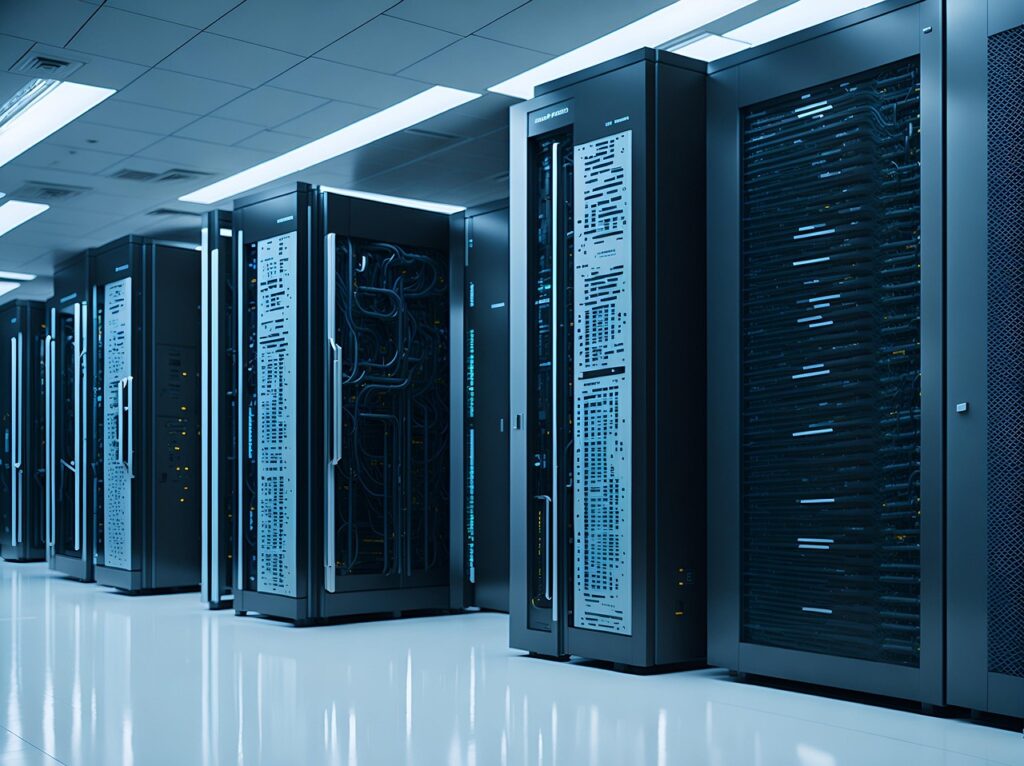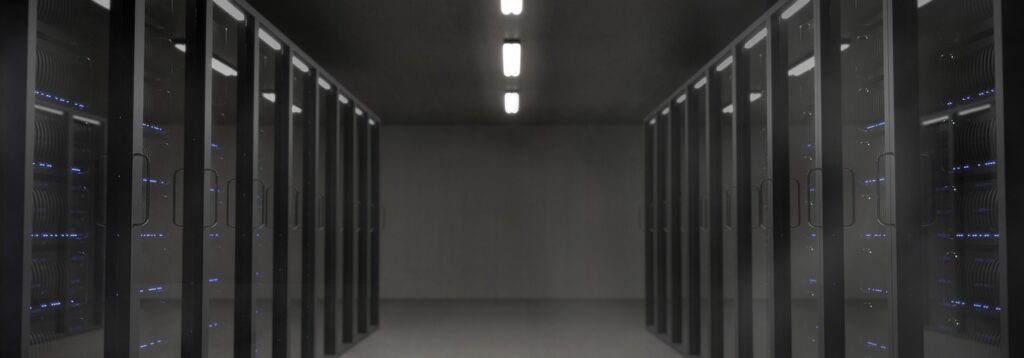Let’s talk about water—and how it’s quietly becoming a major issue in the world of data centers. These digital giants are essential to everything from streaming to AI, but their cooling needs are draining water supplies across the globe. Here’s what’s happening and how things might (and must) change:
1. Building in Thirsty Places
Since 2022, nearly two-thirds of new AI data centers have popped up in water-stressed regions—particularly in the U.S. states of California, Arizona, Texas, Illinois, and Virginia. That’s not just concerning—it’s alarming. These areas already struggle to balance water needs, and adding massive data centers only amplifies the pressure.
Globally, the same trend shows up in drought-prone places like Saudi Arabia and the UAE—areas with power and regulations that attract operators but lack the water to support vast cooling operations.
2. A Staggering Thirst
To put it in perspective, a 100MW data center in the U.S. can guzzle about 2 million liters of water per day. Globally, data centers already use over 560 billion liters annually, with projections soaring to 1.2 trillion liters by 2030.
3. Cooling Is the Culprit
Most data centers still rely on evaporative cooling, where 80% of the water is literally evaporated, with the remaining 20% becoming wastewater. That water can’t just be recycled like normal.
4. Big Tech Starts to Push Back
The hyperscalers know their water use can’t go unchecked. Companies like Google are partnering on water stewardship initiatives in places like California and Chile. Microsoft has been experimenting with cold plates and immersion cooling—technologies that can slash water use by 31–52% compared to air cooling.
Meanwhile, acclaimed alternatives like rainwater harvesting, geothermal cooling, and water reuse systems are starting to gain traction.
5. Circular Water Management Is Key
Beyond just new cooling methods, experts point to circular water strategies: capturing rainwater, recycling cooling wastewater, and designing closed-loop systems. A 1 MW data center can use up to 25.5 million liters of water annually—equivalent to the yearly usage of roughly 300,000 people.
Despite that, water cooling often flies under the radar compared to energy concerns. Many operators still don’t track water usage metrics, and even fewer consider indirect water use like energy generation.
What This Means
Data center growth is exploding, especially driven by AI and digital demand. But the water bill—which runs into the billions of liters—is more than just a technical detail. It’s a looming environmental and social challenge, especially in drought-prone regions. The path forward depends on smarter water management, new cooling tech, and industry-wide transparency.



